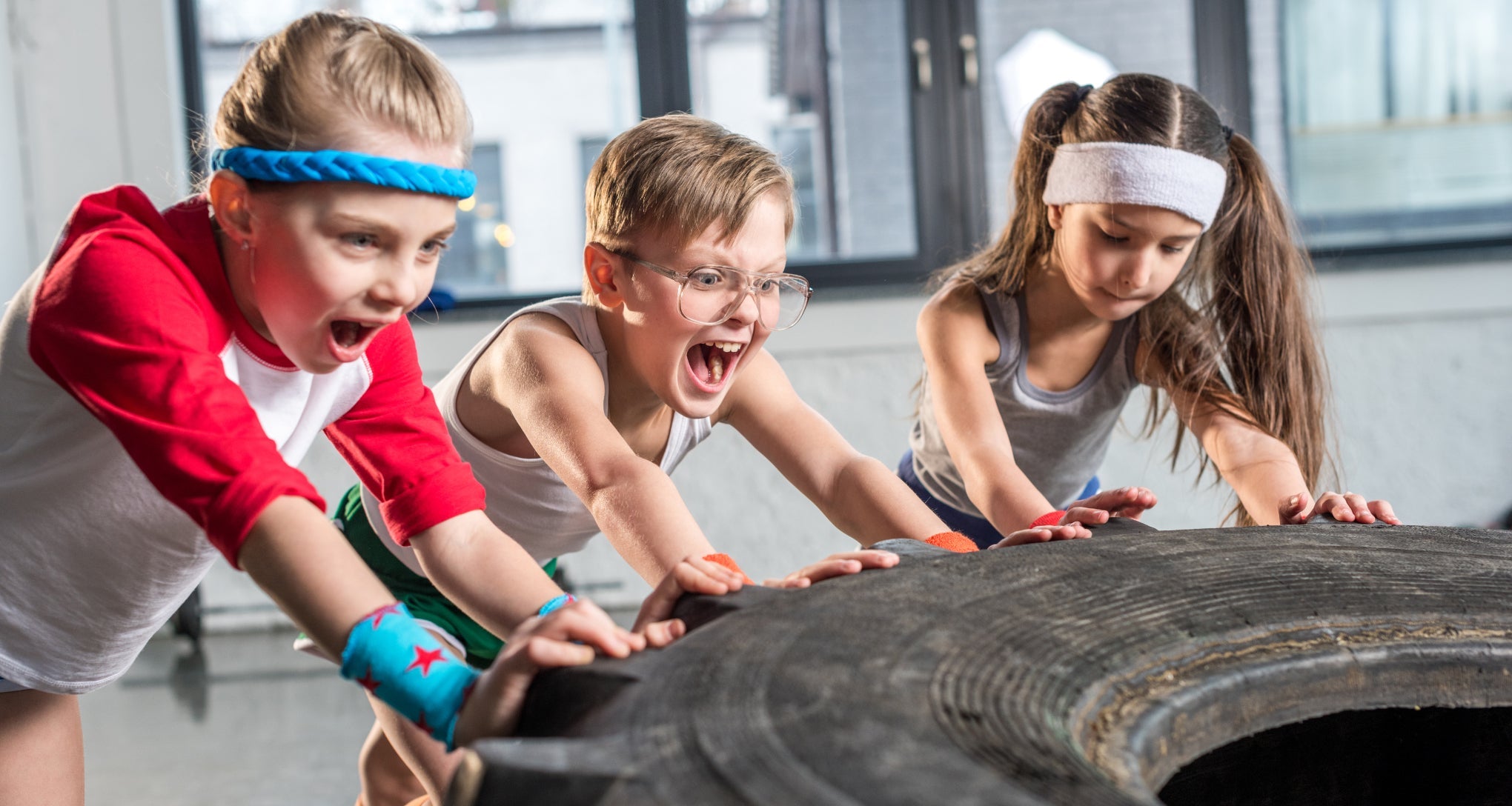
Is Strength Training Safe for Kids? What Parents Need to Know
When most parents hear "strength training" for kids, they imagine heavy weights, risky movements, and injuries waiting to happen. It's understandable — strength training has long been misunderstood when it comes to children. But modern research paints a very different picture.
Done correctly, strength training can be one of the best activities your child ever takes part in — building not just stronger muscles, but stronger confidence, resilience, and lifelong healthy habits.
Let’s break down what the science actually says.
The Myths vs. The Facts
For years, parents were told that strength training might damage a child’s growth plates or stunt their height. But multiple large-scale studies have since proven this false. The National Strength and Conditioning Association (NSCA), the American Academy of Pediatrics, and many leading health bodies now support strength training for kids, provided it’s done appropriately.
The key is age-appropriate movement, proper supervision, and focusing on skill development rather than heavy lifting.
In fact, most of the exercises children naturally do, climbing, jumping, swinging, crawling, are forms of functional strength training.
The Benefits of Strength Training for Kids
Strength training for kids isn't about "bulking up." It's about developing:
-
Coordination and balance
-
Body awareness
-
Joint stability and injury prevention
-
Bone density and musculoskeletal health
-
Confidence and self-esteem
Studies also show children who engage in resistance training may see improvements in cardiovascular fitness, body composition, and even academic performance, thanks to better focus and mood regulation.
When Can Kids Start Strength Training?
Generally, children can begin structured strength training around ages 5–7, as long as they can follow instructions and maintain good form. The younger years focus heavily on:
-
Mastering bodyweight movements
-
Learning proper movement patterns
-
Developing balance, control, and flexibility
As they grow, resistance can be gradually introduced through light weights, bands, and child-safe equipment, always under supervision.
What Does Safe Strength Training Look Like?
A proper kids’ strength program should be:
-
Fun and engaging
-
Focused on technique over weight
-
Supervised by a trained adult
-
Built around bodyweight exercises, light resistance, and play-based movement
-
Designed to develop lifelong movement skills
This is exactly the philosophy behind programs like Little Lifters — where children build strength through playful, movement-based sessions designed specifically for their age and stage of development.
Why Movement Matters More Than Ever
In today’s world, many kids aren’t moving nearly enough. More screen time, less outdoor play, and fewer opportunities to develop physical literacy can lead to long-term health challenges.
Introducing strength training as part of an active lifestyle helps children:
-
Build confidence in their abilities
-
Stay injury-resistant as they grow
-
Create positive associations with exercise
-
Develop discipline and focus
-
Lay the foundation for lifelong health
A Parent’s Role in Safe Strength Training
Parents don’t need to be experts to support their child’s strength journey. But they do play a key role:
-
Encourage active play and movement every day
-
Choose age-appropriate programs or classes
-
Ensure qualified supervision
-
Keep the focus on fun, not competition
-
Celebrate effort and progress
When kids associate movement with fun and success, they’re far more likely to carry these habits into adulthood.
The Bottom Line
Strength training, done right, is not only safe for kids — it’s one of the most effective ways to help them grow stronger, more confident, and better prepared for life.
At Little Lifters, we believe strength should start young — but it should always be built on play, proper technique, and positive encouragement.
If you want to learn more about safe strength training for kids, explore our free resources or check out our child-friendly training equipment designed just for growing bodies.







